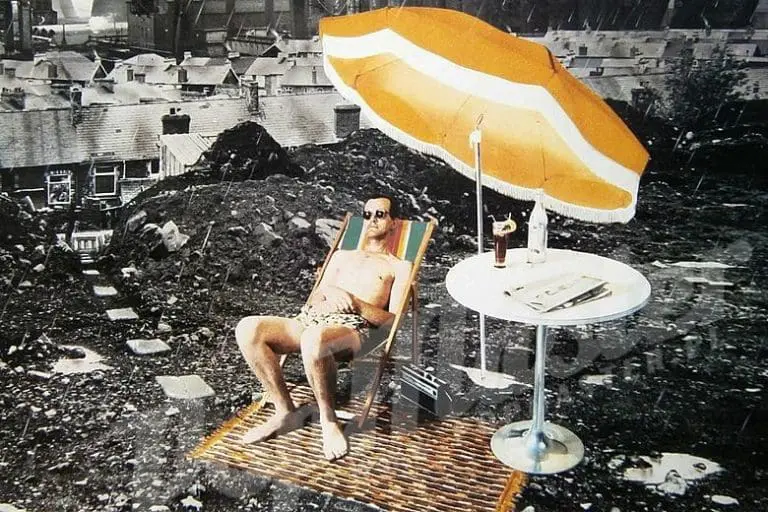A topic that has gained prominence recently has been the amount of accumulating waste, particularly plastic that is ending up in the world’s seas and oceans with vast areas now covered in non-biodegradable materials.
In Repak’s Annual report, it said that the amount of packaging recycled in Ireland last year has hit record levels. More than 817,000 tonnes of packaging was recycled in 2017 which was the highest volume ever recorded in this country.
This all sounds great so far and in 2016, China – the then world’s largest recyclable materials importer took 95% of Ireland’s plastic waste to do just that but a ban that came in on January 1st of this year meant that China will no longer take it.
Despite our efforts, the amount of waste sent to landfill rose by more than 110,000 tonnes last year, a 40pc increase, figures from the Environmental Protection Agency (EPA) show.
Since the ban came in and to clarify matters for householders, the government produced the first national list of what can and can’t be recycled and publicised it with an awareness campaign apparently across radio, print and social media to improve people’s understanding of acceptable recyclables.
With a national, multi-channel campaign such as this, surely there would have been noise made, good recollection of it and a positive impact, but everyone I have asked seems not to remember anything about it, and are still confused about what can and cannot be recycled. Only for desktop research, I wouldn’t have known a campaign happened at all.
For proper change and to amend the habits of a lifetime rather than just pay it lip service, there must be a genuine effort to communicate to the population its importance, involving and engaging people and rewarding their efforts or it will just end up being an exercise in futility.
Only time will tell….









